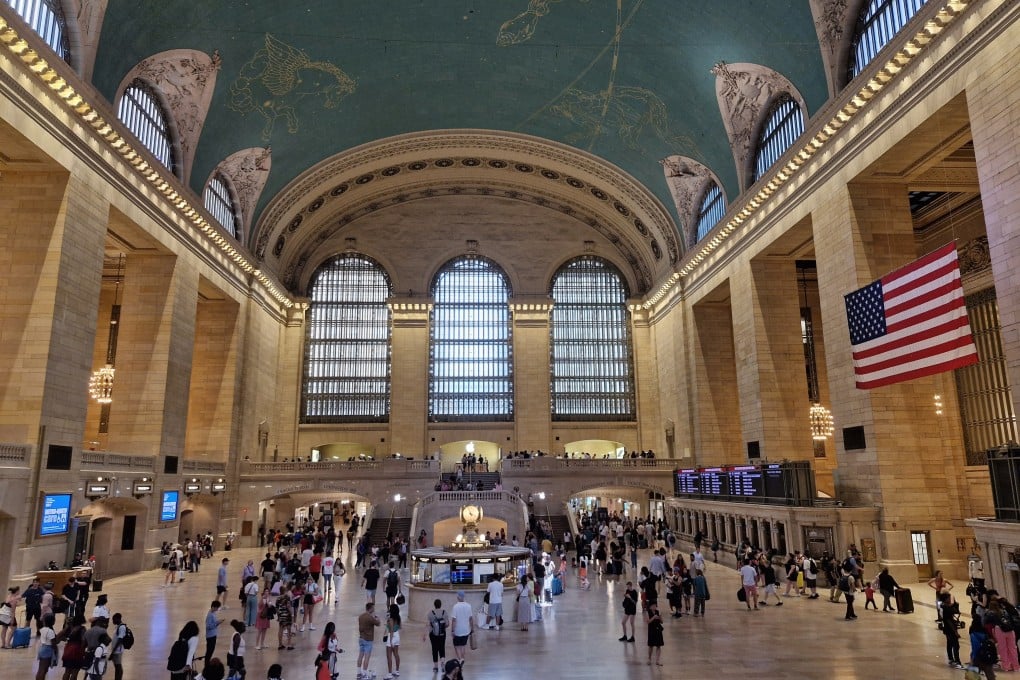A tennis court inside Grand Central Terminal? The New York icon beloved by movie buffs and tourists
- Completed in 1913, more than 750,000 people pass through the Grand Central Terminal daily – and roughly 10,000 of those visit simply for lunch

Next time you’re making tracks to New York’s Grand Central Station, pack a tennis racquet.
Just off the cavernous concourse familiar from so many movies stands an unremarkable bank of lifts. Ascend to the fourth floor, navigate a nondescript corridor and call for new balls, please, on the full-sized indoor court, whose arched windows look onto Manhattan’s 42nd Street. That’s after you’ve forked out the US$365 an hour (peak period) fee charged by the Vanderbilt Tennis Club.

The extant Grand Central building has been myriad things to numberless millions since its completion in 1913. Today, more than 750,000 people pass through it daily – and roughly 10,000 of those visit simply for lunch.
In the 1970s and 80s, many of its regulars weren’t there for either transport or nutrition – prostitutes and vagrants stalked the formerly hallowed halls of a Beaux-Arts landmark whose grubby decline reflected that of New York itself.

Renovated in the 1990s, Grand Central still doesn’t have public-area seating, not wanting to encourage those with nowhere else to go. That’s despite remaining the world’s largest station in terms of tracks – 67, on two levels.
And yet, this fixture on the National Register of Historic Places isn’t a station at all, and is properly called Grand Central Terminal, because train services terminate (and begin) here, rather than roll through.